
Rare presentations of encephalitis and transverse myelitis are among neurologic consequences linked with orthopoxviruses of smallpox and monkeypox.

Rare presentations of encephalitis and transverse myelitis are among neurologic consequences linked with orthopoxviruses of smallpox and monkeypox.

Evidence points to flavorings and preservatives in processed foods as contributors to the beginnings of obesity and type 2 diabetes, according to a recent review.

A new study looks at the balancing act physicians and families must carry out when managing expectations at a time of great scientific advancement in spinal muscular atrophy (SMA) and Duchenne muscular dystrophy (DMD).

HHS declared a public health emergency in Puerto Rico due to Hurricane Fiona; nearly 1 in 10 Americans suffered from depression in 2020, and a task force recommended doctors screen all adults aged younger than 65 for anxiety; advances in cancer research have led to reduced cancer death rates.
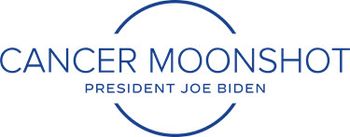
Danielle Carnival, PhD, addressed the National Comprehensive Cancer Network Policy Summit on Friday.

Consumers want telehealth and telehealth can help achieve organizational goals of avoiding unplanned care, closing care gaps, and achieving care targets.

Key stakeholders involved in the delivery of cancer care in New Jersey discuss strategies driving innovation in oncology and remaining challenges impeding their integration at the 70th Annual Roy A. Bowers Pharmaceutical Conference.
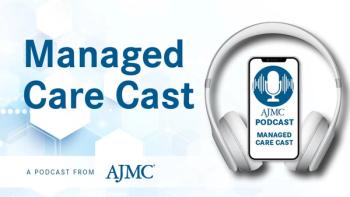
On this episode of Managed Care Cast, we speak with 2 authors of an article in the September issue of The American Journal of Managed Care®, which focused on the results of their evaluation of an intensive, community-based care management program for dual-eligible Medicaid ACO high-risk patients.

With 6 pegfilgrastim biosimilars approved, and multiple administration options, a patient-centric model of pegfilgrastim administration should be possible for patients with cancer who require prophylaxis of febrile neutropenia.

In 2019, less than half of children aged 2 to 16 years with sickle cell anemia received the recommended screening for stroke, a common complication of the disease.

Streamlining the prior authorization process can improve care accuracy and patient access to care, writes Siva Namasivayam, CEO of Cohere Health.

A recent CDC report found that 80% of pregnancy-related deaths are preventable; Centene will pay $166 million to Texas in Medicaid pricing settlement; Johns Hopkins has warned that it may no longer accept CareFirst insurance after December 5.

A recent study showed that receiving Supplemental Nutrition Assistance Program benefits was not enough to address food insecurity among families whose children were fighting acute lymphoblastic leukemia.

At 12 weeks, nearly 8 in 10 patients had significant improvement.

Newer therapies, such as ketamine or esketamine, or the broader use of bright light therapy, made an updated clinical practice guideline for treating major depressive disorder (MDD), but psilocybin and cannabis did not.
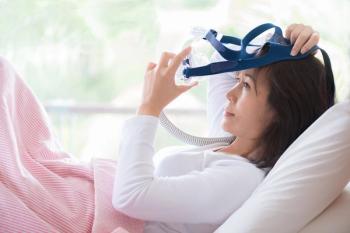
A systematic review found that obstructive sleep apnea (OSA) therapy could selectively improve autonomic function measures and may reduce the risk of cardiovascular disease.

Previous study results on incidence of skin cancers in persons with albino skin who live in Africa have been inconsistent, despite this population having a known higher risk for the disease.

Faricimab simultaneously targets and inhibits two disease pathways involving Ang-2 and VEGF-A linked to a number of vision-threatening retinal conditions.
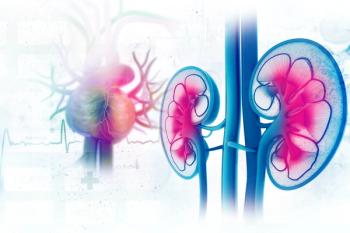
A recent study found that patients with chronic kidney disease and atrial fibrillation are increasingly using direct oral anticoagulants.

The gene therapy is the first treatment for active cerebral adrenoleukodystrophy, a fatal neurodegenerative disease that affects boys.

Adolescents who identified as Black, Mexican-American, or low-income and/or were not US citizens were more likely to report worse subjective visual function.

A recent study found that 1 in 5 households were strapped with medical debt; hospitals and hospital systems in North Carolina proposed a way to expand Medicaid to hundreds of thousands of adults; the CDC reported that more adults sought mental health treatment in 2021 compared with 2019.

The case involved a 69-year-old man who presented with lupus nephritis.

Nearly 30% of youths are affected with worsening mental health by the end of adolescence, with anxiety typically presenting in childhood and depression during the teenage years, but the problem is even more acute for Black and Latinx youth.

The findings, produced over a 4-year period, indicate the protein sulfatase-2 (Sulf-2) may be a therapeutic target in rheumatoid arthritis (RA).

Russell Rotondo, MD, FACC, medical director of clinical strategy and innovation for cardiology at Cohere Health, discusses the myriad positive ways utilization management programs can have an impact on patient outcomes in cardiovascular care.
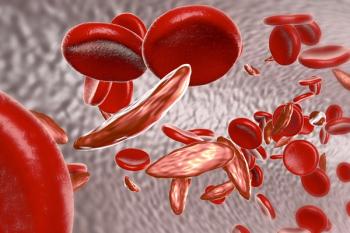
The review discusses hydroxyurea and 3 additional drugs approved by the FDA—L-glutamine, crizanlizumab, and voxelotor—as well as agents currently being investigated to treat sickle cell disease (SCD).

The study pooled data from 4 clinical trials to gain insight into surgical outcomes in this complex population.
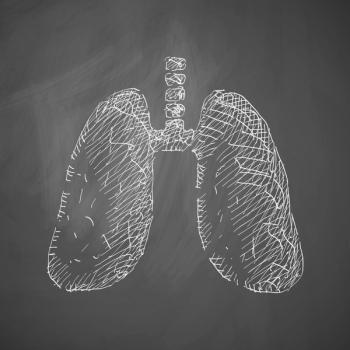
The retrospective claims database analysis looked at patients in the United States, where it is estimated that costs related to asthma are more than $80 billion annually.

Patrick Burnett, MD, PhD, FAAD, chief medical officer of Arcutis Biotherapeutics, discusses clinical recommendations for patients with moderate to severe psoriasis, particularly the need for shared decision-making.

259 Prospect Plains Rd, Bldg H
Cranbury, NJ 08512
© 2025 MJH Life Sciences®
All rights reserved.
